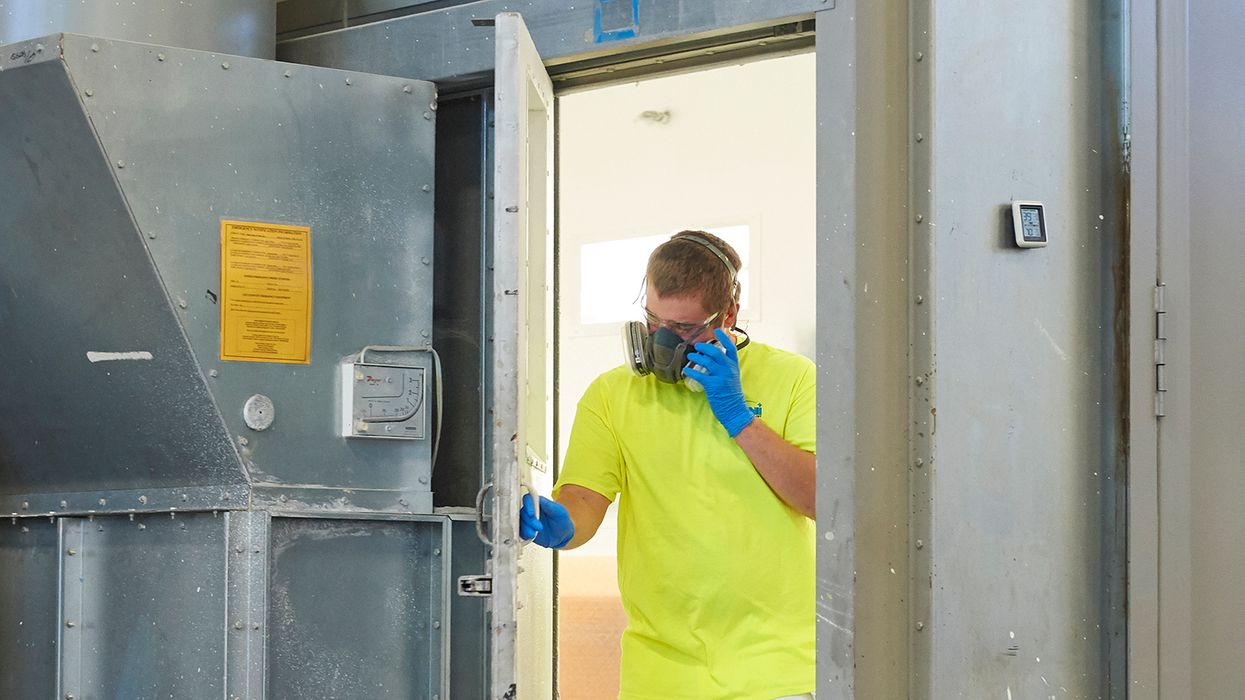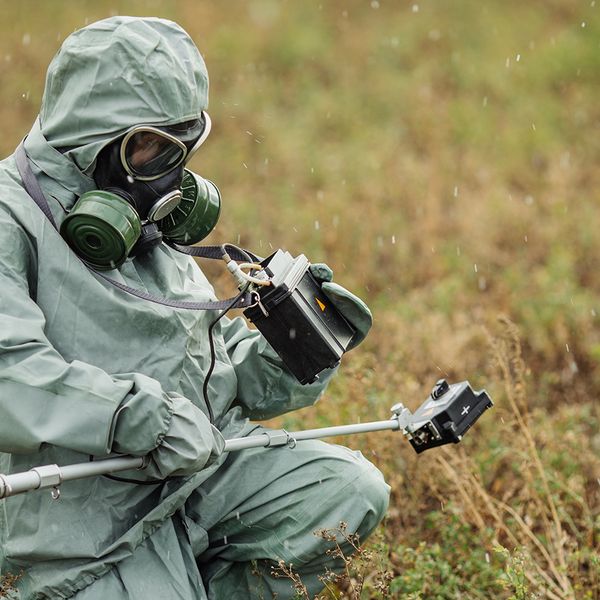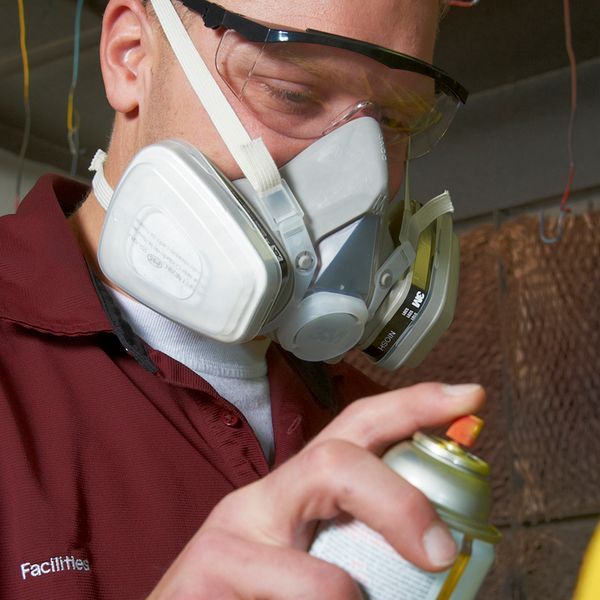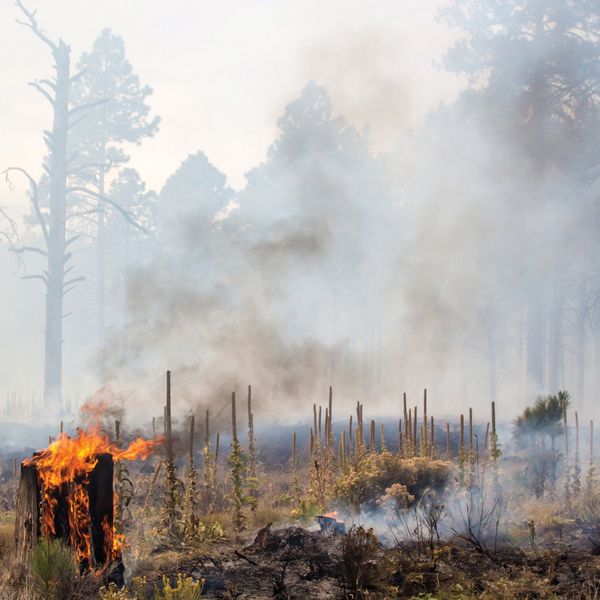What’s that smell? Indoor air quality poses a headache for many employers
Attendees of a recent industrial hygiene webcast overwhelmingly selected indoor air quality (IAQ) as their biggest point of confusion, over heat stress, noise, and ergonomics, in a straw poll. It’s always interesting to see how attendees weigh in, and as presenters we often try to guess what the poll results will be. In this instance, we thought the results would be more evenly distributed among the choices.
One of the challenges is that OSHA does not have IAQ standards, although it does have standards about ventilation and standards on some of the air contaminants that can be involved in IAQ problems. Employers also must follow the General Duty Clause of the OSH Act, which requires them to provide employees with a safe workplace that does not have any known hazards that cause or are likely to cause death or serious injury.
What is IAQ?
IAQ describes how inside air can affect a person’s health, comfort, and ability to work. It can include temperature, humidity, poor ventilation, mold from water damage, or exposure to chemicals. A number of factors affect IAQ, including:
- Poor ventilation (lack of outside air),
- Temperature control problems,
- High or low humidity,
- Recent remodeling, and
- Activities in or near a building that affect fresh air coming in.
Specific air contaminants like dust from renovation or construction, mold, cleaning supplies, pesticides, or other airborne chemicals also may cause poor IAQ.
Testing the air
Unfortunately, there’s no single test to find an IAQ problem, but there are steps you can take to determine the source:
- Conduct a building walk-through to check for odors and look for water damage, leaks, dirt, and pest droppings;
- Check measurements of temperature, humidity, and air flow;
- Inspect and test ventilation, heating, and air conditioning (HVAC) systems to make sure they’re working according to specifications for building use and occupancy; and
- Eliminate leaks and standing water (standing water in humidifiers, air conditioning units, on roofs, and in boiler pans can become contaminated with bacteria or fungi).
Specific testing for radon or for asbestos also may be required as part of building occupancy.
What about chemical hazards?
OSHA sets enforceable permissible exposure limits (or PELs) to protect workers against the health effects of exposure to hazardous substances, including limits on the airborne concentrations of hazardous chemicals in the air. Most OSHA PELs are 8-hour time-weighted averages (or TWA). Approximately 500 PELs have been established. Most of OSHA’s PELs for General Industry are contained in 1910.1000 – Air Contaminants and are listed by chemical name in Tables Z-1, Z-2, and Z-3.
When it comes to chemical hazards, you’ll need to determine where to sample. Think about expected exposure sites based on where chemicals are stored, transported, and used, and what ventilation and airflow patterns exist.
Next, what are the potential chemical hazards? Rather than monitor for each individual chemical, you can perform bulk sampling. Bulk sampling determines what is present in the atmosphere, if anything. Once you get the bulk sampling report back, it will tell you exactly what’s in the atmosphere. From there, look at the tables in 1910.1000 as well as individual regulations in 29 CFR 1910 Subpart Z, Toxic and Hazardous Substances, to see if there’s anything that OSHA regulates. If so, follow the standard’s requirements for additional sampling, exposure control, respiratory protection, medical surveillance, etc.
If it’s not something that OSHA regulates and is not hazardous, no further testing is required. You may have instances where workers are sensitive to dust or fume odors. Although OSHA doesn’t regulate these nuisances, you may need to address them under the General Duty Clause because they’re a hazard to such workers.
Key to remember: Although OSHA doesn’t have IAQ regulations, employers must take steps to identify and remedy the source of poor air quality.


































































